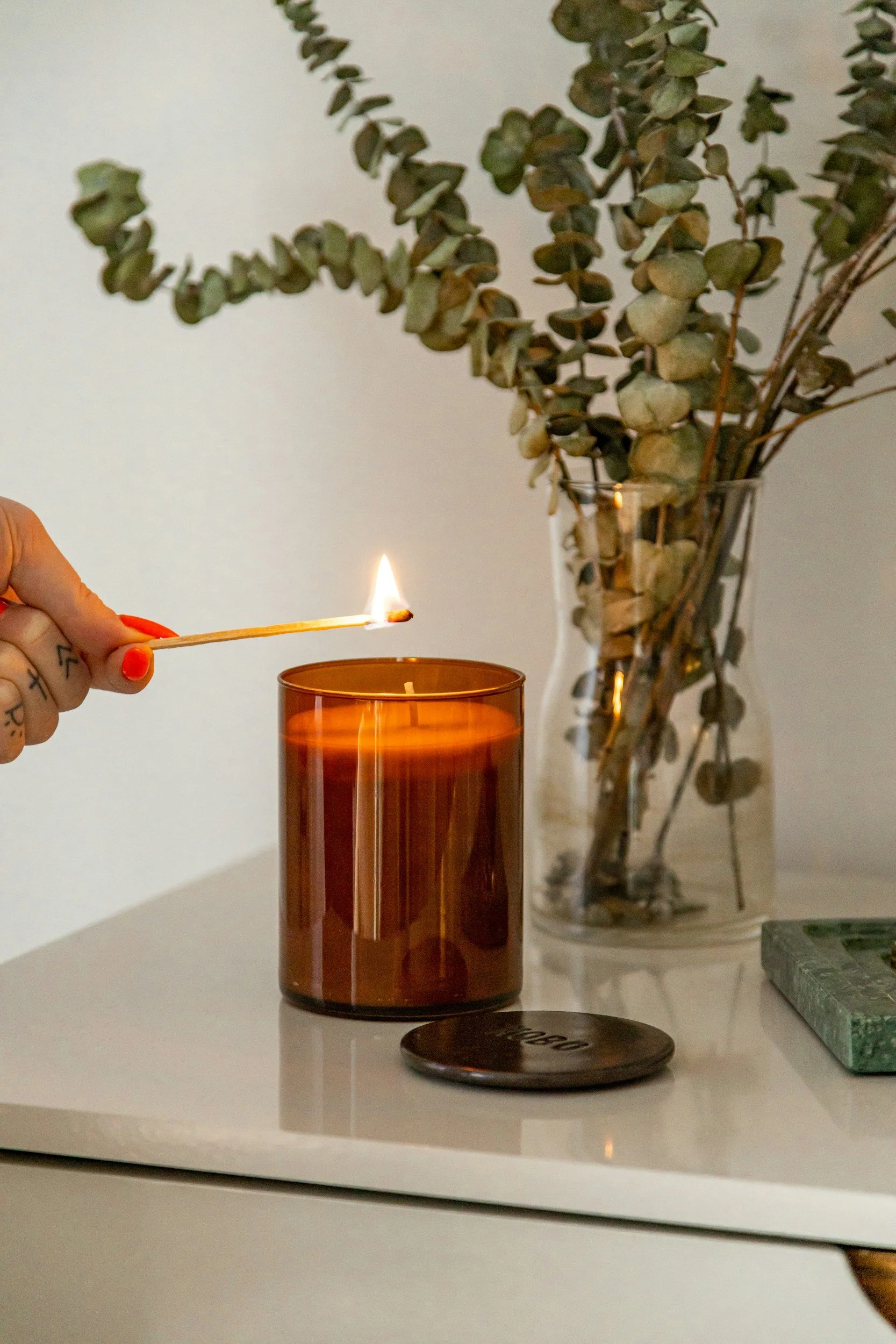Non-Toxic Living: Small Swaps, Big Impact
When you hear the term non-toxic living, it can feel a bit overwhelming. With so many products, pollutants, and invisible exposures in our environment, it’s easy to feel like the only option is to move off-grid and start from scratch. But here’s the truth: you don’t need to overhaul your life overnight. Small, intentional changes can make a big difference over time—and they start with awareness.
This blog isn’t here to scare you. It’s here to help you feel empowered with knowledge and offer practical steps to reduce your exposure to toxins in a way that works for your lifestyle.
Toxins You Can’t Always See (But Are Still There)
Our environment plays a major role in our health, and many of the toxins we encounter daily are things we can’t always see or smell. These broader, or macro-level, exposures can come from a variety of sources:
Air
Depending on where you live, the air quality around you can vary greatly. Rural, less industrial areas may have fewer airborne pollutants, while urban or suburban regions—especially those near highways or factories—often contain more chemical pollutants. While you can’t always control what’s in the air outside, you can reduce indoor exposures by limiting synthetic sprays or using an air purifier.
Water
Our water is another important factor that can affect health. The quality of your tap water depends on where you live and how it’s treated. If you're curious about what might be in your drinking water, one of my favorite tools is the EWG Tap Water Database. Just type in your zip code and learn exactly what’s in your local water supply.
When it comes to the food you eat, it’s also worth considering where it comes from—such as seafood. If the water it was sourced from is contaminated, those toxins can make their way into your meals.
Fragrances and Scents
If you notice you’re especially sensitive to strong perfumes, candles, or cleaning supplies, that could be your body’s way of signaling that something isn’t right—particularly with detox pathways like your liver. A strong reaction to synthetic scents is often a red flag worth paying attention to.
Mold & Electromagnetic Fields (EMFs)
We also have less visible exposures to things like mold or EMFs. While mold can sometimes be obvious, it can also grow unnoticed behind walls or under floors. EMFs, on the other hand, come from common sources like cell phones, Wi-Fi routers, and microwaves. You don’t need to eliminate these completely or be fearful of them—but being mindful of your exposure and creating boundaries (like turning off Wi-Fi at night) can be a helpful step.
Toxins Hiding in Everyday Products
While macro-level toxins in our environment can be difficult to control, micro-level toxins—those found inside our homes—are a more manageable place to start. Many of the everyday products we use can quietly contribute to our toxic load. Here are a few key areas to take a closer look at:
Cleaning products – Many conventional cleaners contain harsh chemicals that linger in the air and on surfaces. Opt for natural or DIY alternatives when possible.
Candles and air fresheners – These often contain synthetic fragrances and paraffin wax, which can release harmful compounds into the air. If you enjoy having scents in your home, look for options made with the fewest ingredients possible—ideally using natural waxes (like beeswax or coconut) and scented with pure essential oils. Keep in mind that not all “natural” candles and oils are created equal, so always check labels and opt for trusted, transparent brands.
Fabrics and textiles – Furniture, curtains, and even bedding can be treated with flame retardants or coated in chemicals. When replacing these items, look for organic or untreated materials.
Beauty and personal care products – From lotions to deodorants and shampoos, many contain ingredients that can disrupt hormones or burden your liver. The Think Dirty or EWG’s Skin Deep database is a great place to research cleaner options.
Food storage – Plastic containers can leach chemicals into your food, especially when heated. Consider switching to glass or stainless steel for storage.
Cookware – Non-stick pans may contain PFAS (also known as “forever chemicals”). Instead, try cast iron, ceramic, or stainless steel.
Transitioning to a non-toxic lifestyle doesn’t have to happen overnight. A helpful place to start is with the items you use most often—like your favorite lotion, the candles you light weekly, or your everyday water bottle. There’s no need to throw everything out at once. Instead, as products run out, consider replacing them with cleaner, more mindful alternatives. Over time, these small, intentional swaps can lead to meaningful changes for your health and home.
Need help getting started? Download this free Toxin-Free Living Guide created by NTPs. It’s packed with simple swaps, practical tips, and some of my personal product recommendations to help you take the first steps toward a less toxic lifestyle with confidence.
